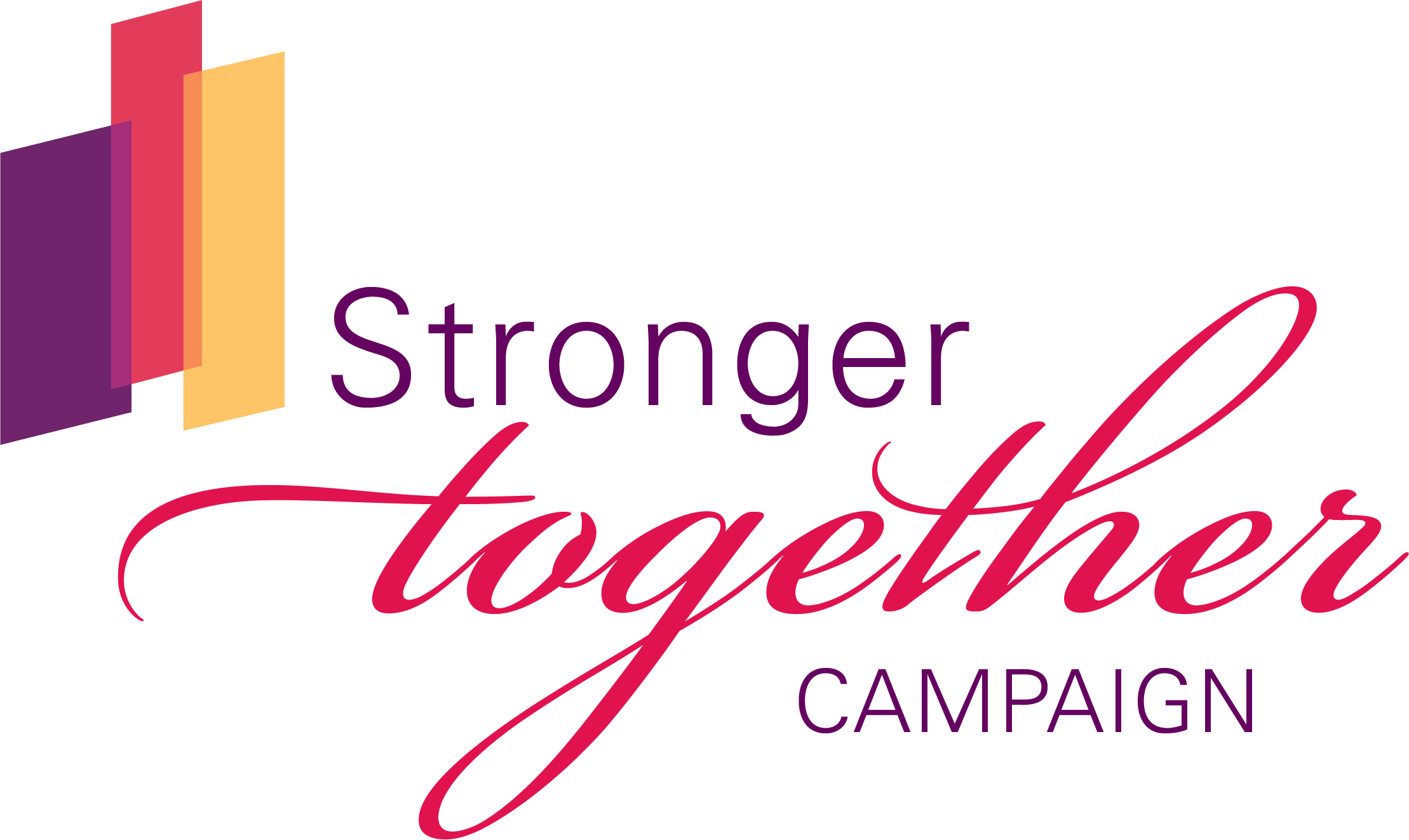WHAT ARE OSTEOCHONDROMAS?
Osteochondromas are extra growths of bone that typically occur near the joints. When only one occurs in the body, it is called a solitary osteochondroma. These usually occur near the knee but can occur throughout the body. Sometimes people have multiple osteochondromas, which is called “multiple hereditary exostoses” or “hereditary multiple osteochondromas” as it runs in families. Osteochondromas grow during childhood and stop growing once the bone has completed its growth. At Loma Linda University Health, we offer treatment for osteochondromas.
WHAT CAUSES OSTEOCHONDROMAS?
Solitary osteochondromas have no known cause. Although it may be discovered after an injury, bumping the area does not cause an osteochondroma. Multiple hereditary exostoses is a genetic condition that is passed down from a parent to a child.
WHAT ARE THE SYMPTOMS OF OSTEOCHONDROMAS?
Symptoms of osteochondromas vary from person to person, and some people do not even know they have one until it is discovered on an X-ray or other image. Symptoms may include:
- Pain
- Cosmetic deformity
WHAT ARE THE SYMPTOMS OF MULTIPLE HEREDITARY OSTEOCHONDROMAS?
Symptoms for multiple hereditary exostoses also vary from person to person, but people with multiple osteochondromas are more likely to have symptoms such as:
- Pain
- Cosmetic deformity
- Deformity of the limb
- Shortening of the limb
- Gait (walking) problems due to the shortening or deformity
- Difficulty using the hands or arms due to the deformity
HOW ARE OSTEOCHONDROMAS DIAGNOSED?
An osteochondromas diagnosis normally follows an X-ray and physical exam. Other tests (MRI, CT scan) are typically not necessary for an initial diagnosis of osteochondromas.
WHAT IS THE CANCER RISK WITH OSTEOCHONDROMAS?
There is a small risk of the osteochondroma becoming cancerous, typically during adulthood; however, the risk is small enough that providers do not routinely remove the osteochondromas. If there is any new growth of the osteochondroma, pain, or other symptom after the person is done growing, it should be checked immediately. Treatment for cancerous osteochondroma may include:
- Further imaging (MRI, CT scan, bone scan)
- Biopsy
- Surgery for removal
HOW ARE OSTEOCHONDROMAS TREATED?
If there are no symptoms, no treatment is necessary.
If there is pain, surgery may be performed to remove the tumor.
At our Limb Lengthening Center, Loma Linda University Health providers may use an EOS low dose radiation scanner to image this condition. It is less than 1/10 the radiation of a normal X-ray and the measurements are much more accurate.
Deformities and limb-length discrepancies may be treated with surgery techniques, such as:
- Guided growth with 8-plates
- Cutting the bone and using plates or rods inside the body, or external fixation outside the body to correct the deformity or limb-length discrepancy
Not every osteochondroma needs to be removed, and sometimes it is better to wait until your child is older due to a higher risk of the tumor coming back if they are still growing.
NEXT STEPS
If you believe you or your child have multiple osteochondromas, here are the next steps we recommend.
Seek medical intervention. Taking proactive action is paramount to avoiding future complications, and a medical exam is the first step. To request an evaluation at Loma Linda University Health, contact the Limb Lengthening Center or schedule the appointment through MyChart.
Pay attention to details. If symptoms worsen or expand, make a note of it and bring it up during the appointment. We have the most experienced limb lengthening and reconstruction surgeons in the western United States – but as the patient or parent, you have firsthand knowledge of the condition.
Participate in the journey. The Loma Linda University Health Limb Lengthening Center is comprised of a team that works well with patients of all ages. We customize a treatment plan for every patient and design it to accomplish all appropriate goals. Trusting the expertise of our physicians, collaborating with our physical therapists, and strong family participation are all required to make this happen
Loma Linda University Health has experts in the field of diagnosing and treating limb deformities, including osteochondromas. At our Limb Lengthening Center, we provide a comprehensive treatment plan that caters to the individual. Your physician will work with you to design a treatment plan you are comfortable with, and help you or your child have the best outcome possible.

